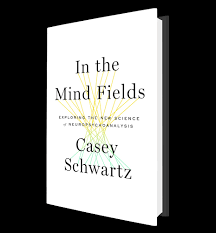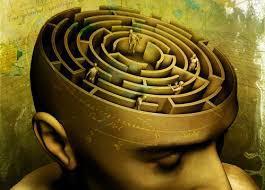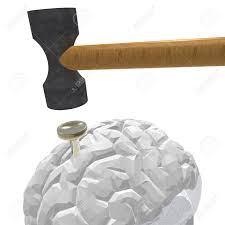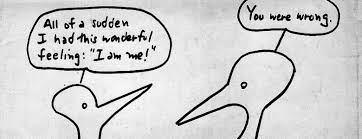 This book was a gift from my wife: In the Mind Fields by Casey Schwartz. I’ve written before how the concept of the self bugs me. I keep pondering: what, really, is this feeling that I’m me? David Hume identified why this is so hard – it’s using the self to look for itself.
This book was a gift from my wife: In the Mind Fields by Casey Schwartz. I’ve written before how the concept of the self bugs me. I keep pondering: what, really, is this feeling that I’m me? David Hume identified why this is so hard – it’s using the self to look for itself.
The book is subtitled Exploring the New Science of Neuropsychoanalysis. But it wasn’t persuasive that there even is such a thing.
It’s a tale of two disciplines. Psychoanalysis, the whole Freudian thing, tries to demystify the workings of the mind. Neuroscience tries to understand the workings of the brain. It’s interested in figuring out how the brain creates the mind. But, once you have one, the thoughts it produces are no concern of neuroscience. That’s psychology, the province of psychoanalysis. And, in turn, psychoanalysis isn’t much interested in the nuts and bolts of brain function that neuroscience explores.

Neuropsychoanalysis (as the name implies) seeks to bridge this chasm, by bringing the findings of neuroscience into the practice of psychoanalysis. However, while its leading prophet, Mark Solms, does use the word, the book left me unclear how, if at all, this marriage actually works in practice.

Now, this was quintessentially a neuroscience case. Harry’s problem was not psychological; his brain was physically damaged. Of course, he did have some psychological difficulty adjusting to his loss and new circumstances but that was certainly not mental illness. At one point, though, Silvers labels him “depressed.” That diagnosis seemed superciliously offhand. Depression is a particular pathology, apparently caused by brain chemistry effects. Harry was not “depressed,” he was responding to a rotten break, as any normal person would. If anything, he seemed pretty cheerful under the circumstances.
So what was Harry doing in psychoanalysis altogether? It works by talking through issues with the analyst. But the supreme irony here is that Harry’s problem was his inability to talk! He did manage to communicate, somewhat, sort of. But Silvers acknowledged that his sessions with Harry did not resemble his usual interactions with patients.
The book flap states that Harry “nevertheless benefits from Silvers’s analytic technique.” This assertion is key to the whole book. Yet I could not see how Harry benefited, therapeutically. He and Silvers did establish a human bond, which Harry seemed to value. But Silvers’s psychoanalysis did nothing to improve his situation. In fact, Harry was actually in worse shape at the end.

Freud, who figures prominently throughout this book, had a lot to say about the self and its behavior – some of it wrong, though he himself would have acknowledged the tentativeness of his theories – but he had no clue what makes a self. Someday neuroscience may crack this very hard problem.

